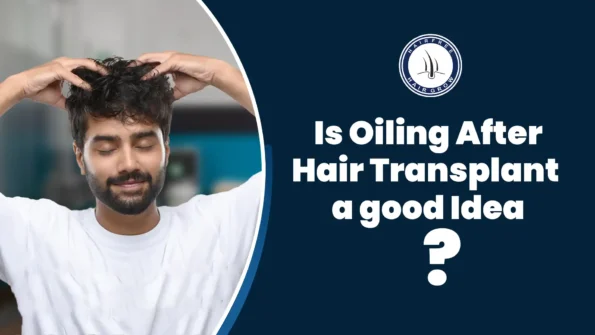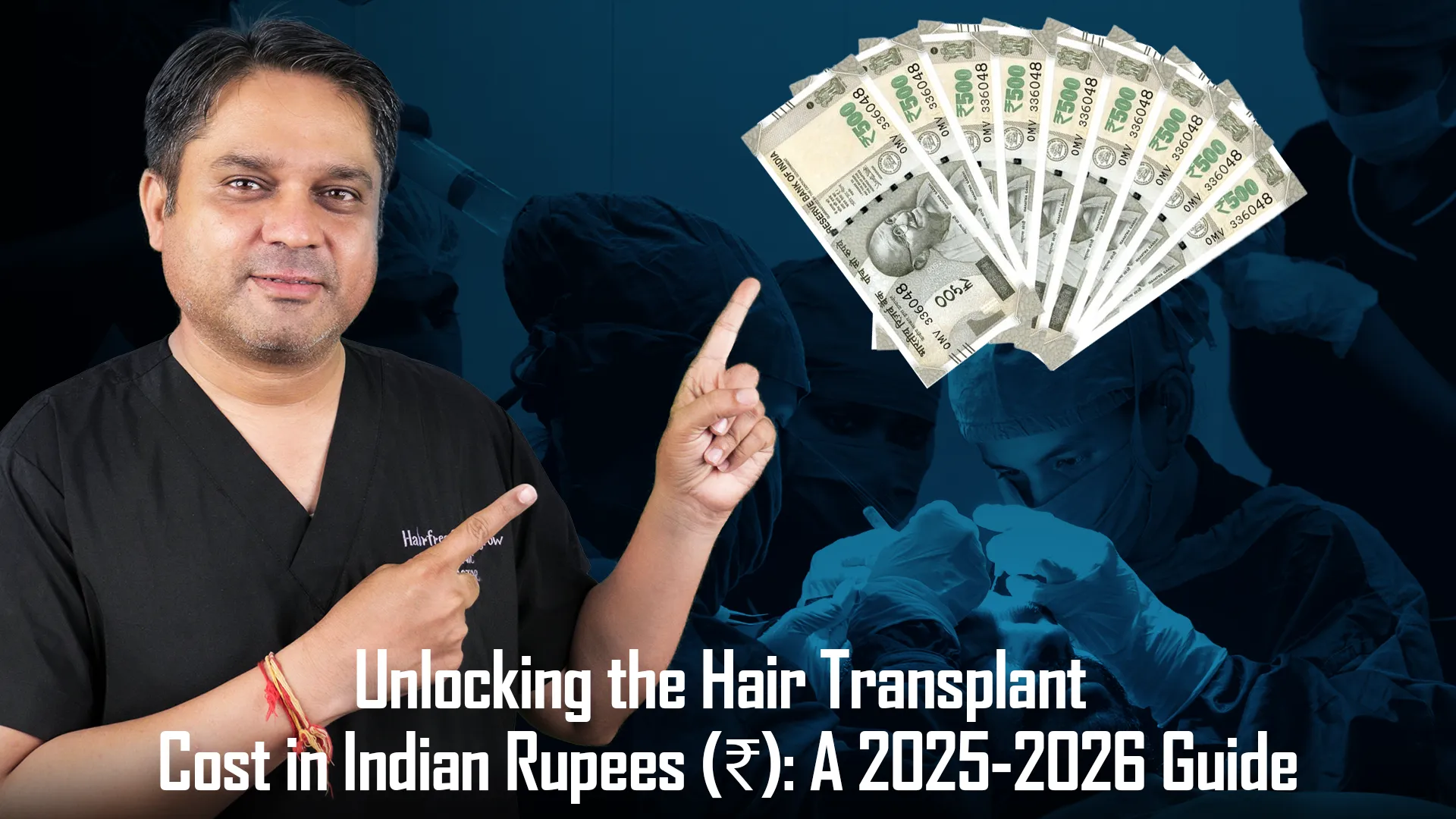After undergoing a hair transplant, the newly implanted hair follicles are extremely delicate and require special care. This includes understanding when and how to apply oil to your scalp to promote healing and encourage healthy hair growth. Generally, it’s recommended to wait for about 2 to 4 weeks before applying any oil to the transplanted or donor areas. This period allows the follicles to heal properly without any interference. Always consult with your doctor or hair specialist for personalized advice on oiling after hair transplant tailored to your specific situation.
Dos and Don'ts of Post-Transplant Hair Oil Application
Proper post-transplant care is crucial to ensure the success of your hair transplant. Here are some key dos and don’ts to follow when it comes to oiling your hair and scalp:
Natural Oils
Using natural oils is highly beneficial for your hair and scalp. These oils help add moisture, making your hair shinier and healthier. They also contain properties that can reduce hair loss and promote overall scalp health.
Types of Natural Oils
Commonly recommended natural oils include coconut oil, almond oil, and olive oil. These oils have natural antioxidant, antibacterial, and anti-inflammatory properties, which help in reducing itching and enhancing recovery. Here are some benefits of each:
- Coconut Oil: Rich in fatty acids, coconut oil penetrates deep into the hair shaft, providing moisture and preventing protein loss.
- Almond Oil: Contains high levels of vitamin E, which nourishes the scalp and hair, reducing inflammation and promoting healthy hair growth.
- Olive Oil: Known for its moisturizing properties, olive oil helps in soothing the scalp and providing a healthy shine to your hair.
Application
When applying oil, do it gently. Use your fingertips to apply the oil in circular motions on your scalp. This massage technique helps in improving blood circulation, which can further support hair growth and scalp health. You can use these oils individually or mix them according to your preference.
Avoid Chemical-Based Oils
It’s crucial to avoid oils that contain chemicals, preservatives like alcohol, or perfumes. These substances can irritate your sensitive scalp and slow down the healing process. Chemical-based oils can cause inflammation and may even lead to further hair loss.
When to Start Applying Oiling After Hair Transplant
The appropriate time to start using oil on your scalp after a hair transplant can vary from person to person. Generally, it’s safe to begin after 2 to 4 weeks. However, always follow the advice of your healthcare provider. They can assess your specific situation and provide guidance on the best time to start oiling your scalp.
Benefits of Natural Oils for Hair
Using natural oils can offer numerous benefits for your scalp and hair health, especially after a hair transplant:
- Moisturizes Scalp and Hair: Oils like olive oil, sesame seed oil, coconut oil, and argan oil provide natural moisture. This hydration helps to keep your hair looking voluminous and healthy.
- Reduces Inflammation and Itching: Natural oils have anti-inflammatory properties that can help in reducing any inflammation and itching that might occur post-transplant.
- Boosts Hair Growth: Natural oils encourage hair growth by nourishing the hair follicles. Rosemary oil, in particular, is excellent for boosting cellular growth and promoting new hair growth. It’s known for its ability to improve blood circulation to the scalp, which can stimulate hair follicles and encourage hair growth.
- Strengthens Hair: Regular use of natural oils can strengthen your hair shafts, making them less prone to breakage and damage.
Important Considerations While Applying Oli
Do Not Mix with Minoxidil
One of the common questions is whether you can apply oil and minoxidil together. The answer is no. Minoxidil and natural oils have different functions and should not be used simultaneously. If you are applying oil, ensure that you do not apply minoxidil at the same time.
Timing and Frequency
The frequency of oil application depends on your scalp condition. For oily scalps, once a week is sufficient, while dry scalps may require oiling twice a week. The best time to apply oil is at night. This allows you to wash it off in the morning, preventing dirt from sticking to the oily scalp during the day, which can lead to itching and delayed healing.
Proper Washing
After applying oil at night, make sure to wash your scalp thoroughly in the morning. Leaving the oil on your scalp during the day can attract dirt and pollutants, which can cause further irritation and delay the healing process.
Will oil help with itching?
Yes, natural oils can help reduce itching to some extent due to their anti-inflammatory properties. However, if itching persists, consult your doctor for further advice.
Can I go out with oil on my scalp?
It’s not recommended to step out with oil on your scalp as it can attract dirt, making your scalp unhygienic and potentially leading to infections or delayed healing.
Personalized Care
Every person’s scalp is different, and what works for one individual might not work for another. It’s important to follow a personalized care plan recommended by your doctor. They can evaluate your scalp condition and provide specific instructions tailored to your needs. If you have any doubts or questions, always consult with your healthcare provider to ensure you’re using the right products and methods for your specific situation.
- Visit any branch for your hair problem or call us at +91-72 72 83 2222
- We are located in Surat, Pune (Pimple Gurav), Pune (Kharadi), Hyderabad, Ahmedabad, Kolkata, Indore, Bhopal, Delhi (Gurugram), Nagpur, Mumbai, Vapi (Silvassa), and Bangladesh.
Conclusion
Proper care after a hair transplant is essential for achieving healthy and successful results. By understanding the delicate nature of your hair follicles post-transplant and following the recommended dos and don’ts of oil application, you can support the healing process and promote healthy hair growth. Always use natural oils and avoid chemical-based products, follow the advice of your healthcare provider, and personalize your care routine to suit your specific needs.
Written By
MBBS, DNB
Dr. Preeti Kantwala is a hair restoration expert specializing in post-transplant care. With extensive knowledge in oiling after hair transplant, she provides personalized guidance to promote healing, improve hair growth, and ensure optimal results for her patients.
Disclaimer
We’ve made all possible efforts to ensure that the information provided here is accurate, up-to-date and complete, however, it should not be treated as a substitute for professional medical advice, diagnosis or treatment. See Detailed Disclaimers Here.





